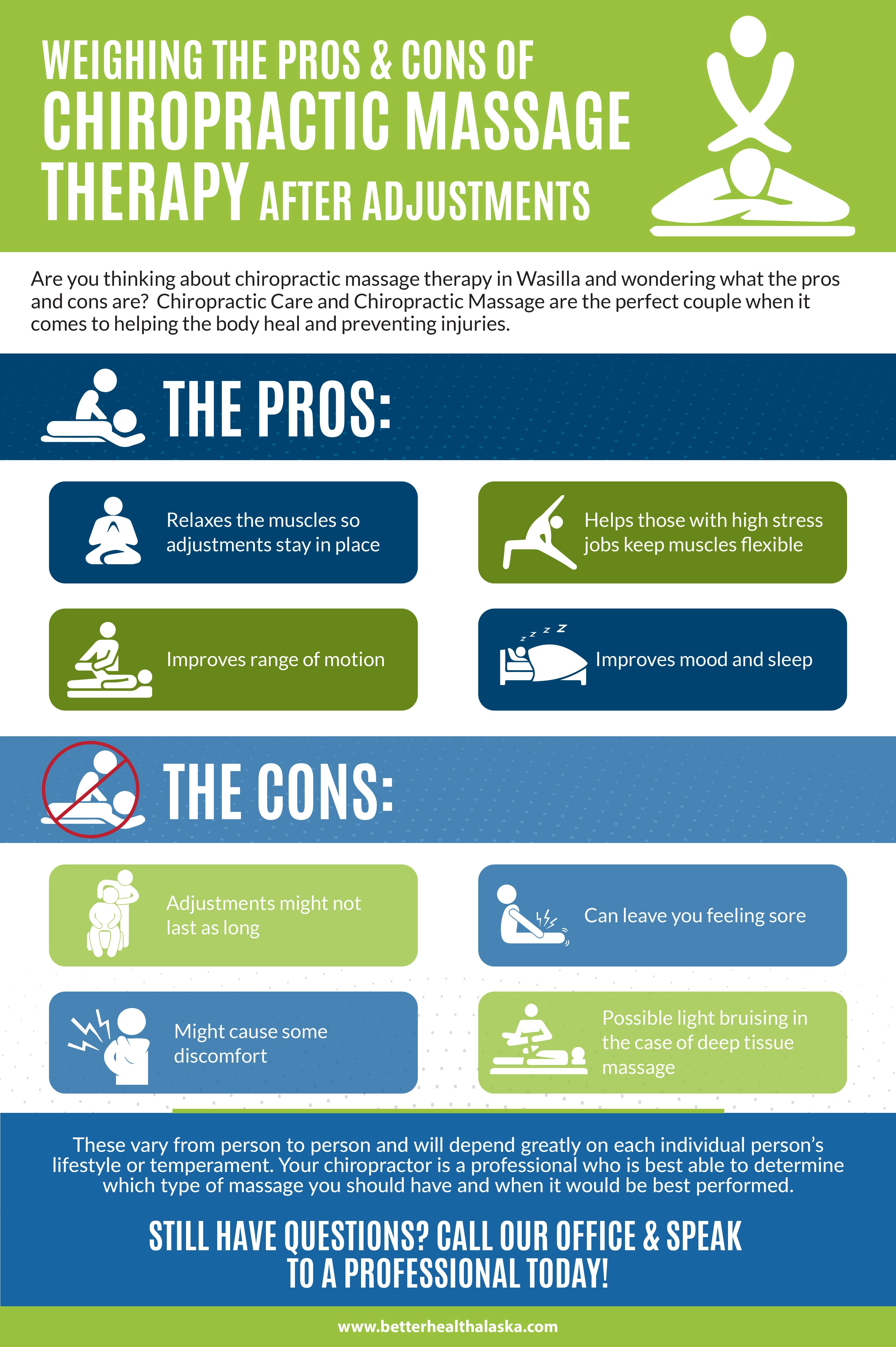The Evolution Of Back Pain Therapy: Cutting-Edge Technologies And Therapeutic Developments
The Evolution Of Back Pain Therapy: Cutting-Edge Technologies And Therapeutic Developments
Blog Article
Short Article Created By-Lassiter Bojsen
As you consider the future landscape of neck and back pain therapy, picture a realm where innovation perfectly intertwines with standard therapies to offer unique solutions. Visualize a world where virtual reality not just amuses yet likewise heals, where robotic accuracy redefines minimally invasive treatments, and where psychophysiological feedback empowers individuals in their pain administration trip. The innovations in pain in the back therapies are not simply hypothetical scenarios but concrete realities shaping the method we come close to and minimize this prevalent problem.
Virtual Reality Therapy for Pain In The Back
Are you tired of standard therapies for your pain in the back? Virtual Reality Therapy provides a novel strategy to handling your discomfort. By immersing on your own in a virtual setting, you can distract your mind from the discomfort signals being sent to your brain, giving alleviation in a special and innovative means.
Using specific VR headsets, you can engage in numerous activities and simulations made to target particular locations of your back that are triggering you discomfort. integrative can assist you loosen up tense muscles, boost your pose, and enhance your general wheelchair.
Additionally, virtual reality treatment can additionally aid in reducing tension and stress and anxiety degrees, which are typically contributing factors to neck and back pain.
Think of having the ability to undergo therapy without the need for medication or invasive treatments. With Virtual Reality Treatment, you have the possibility to handle your back pain in a secure and non-intrusive way.
Robotic-Assisted Pain In The Back Therapies
Utilizing cutting-edge robotic technology, back pain therapies have actually advanced to integrate robot support in targeting and addressing particular locations of discomfort in a specific and regulated manner.
Robotic-assisted pain in the back treatments use a high level of precision and modification, permitting extra effective and tailored therapy for people experiencing neck and back pain. https://lanermgau.blog4youth.com/31241969/a-newbie-s-manual-on-chiropractic-adjustments-expectations-and-the-devices-behind-their-capability can perform minimally intrusive procedures with improved precision, reducing the threat of complications and enhancing results.
https://thehorse.com/198278/incorporating-chiropractic-into-a-horses-care/ -assisted treatments give doctors with real-time comments and imaging, enabling them to navigate the back with unmatched accuracy. By using robotic arms or gadgets, doctor can access hard-to-reach areas with better ease, resulting in even more successful treatments.
Additionally, these modern technologies can adjust to the person's activities throughout surgical treatment, making certain a safer and much more dependable treatment.
Biofeedback Innovation in Back Pain Management
With the advancement of technology in pain in the back therapies, biofeedback technology emerges as a beneficial device in managing and reducing discomfort related to neck and back pain. Psychophysiological feedback permits you to obtain recognition and control over bodily features that are usually uncontrolled, such as muscle mass tension and heart rate.
By using sensors to monitor these features, biofeedback gadgets provide real-time data that allows you to make mindful modifications to lower pain and stress degrees. Via visual or acoustic hints, biofeedback helps you recognize how your body responds to different situations, equipping you to customize your actions and enhance physical well-being.
This modern technology promotes leisure, enhances posture, and help in muscle re-education, all of which are essential components in handling back pain effectively. By integrating psychophysiological feedback into your pain in the back administration strategy, you can take an active role in your treatment and achieve lasting remedy for discomfort.
Conclusion
To conclude, the future of back pain therapy looks bright with the advancements in virtual reality therapy, robotic-assisted treatments, and psychophysiological feedback technology. These arising innovations provide cutting-edge options to minimize neck and back pain, improve mobility, and boost overall quality of life. With continued r & d, these sophisticated therapies have the possible to change the method we approach and treat neck and back pain, giving hope for those seeking reliable and tailored remedies.
